
VISOR - the VISTA School of Graduate Research
VISOR provides co-funding for projects on the topic of development or application of AI techniques in the natural sciences and engineering, initiated by pairs of supervisors associated with Hamburg VISTA from different institutions. The first call for projects went out in February 2025, and to date 7 projects have received funding. Here you can learn more about the projects, and discover their ideas, their goals, and the innovations they are driving.
VISOR spokesperson: Prof. Gregor Kasieczka (UHH)
VISOR co-spokesperson: Prof. Oliver Niggemann (HSU)
Foundation models for High Energy Physics

Joschka Birk (UHH)
Supervisors: Prof. Gregor Kasieczka (UHH), Dr. Frank Gaede (DESY)
Foundation models are large-scale machine learning models trained on large...
Foundation models are large-scale machine learning models trained on large datasets, capable of being finetuned to different tasks. This project builds on the first cross-task foundation model for jet physics, OmniJet-α, which was developed by the Kasieczka group at UHH inspired by the GPT architecture. While the original model only used tokenized input of a limited set of features, this project will expand this to also include continuous features and a broader feature set. The project will also explore other pretraining strategies besides pure next token prediction. It is expected that this will improve the classification performance of the model.
[Read more]
[Show less]
Source Separation of Physical Data with Machine Learning under Integration of Prior Knowledge
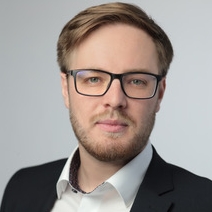
Daniel Boschmann (HSU)
Supervisors: Prof. Oliver Niggemann (HSU), Prof. Gregor Kasieczka (UHH)
This project develops machine-learning methods for source separation of physical...
This project develops machine-learning methods for source separation of physical data by embedding prior knowledge directly into model training. I used high-resolution PGAA spectra to estimate full elemental compositions, casting the task as a complex regression over 57 elements from major to trace levels. Unlike classifiers that predict from a fixed list, the approach integrates reference spectra of pure elements as constraints, yielding physically meaningful priors that improve interpretability, robustness in low-data regimes, and quantitative accuracy across orders of magnitude. To date, baselines on real PGAA data have been built, a domain-specific metric for extreme dynamic ranges has been designed, and an automated pipeline is being constructed: an autoencoder for dimensionality reduction coupled to a separation module trained with spectral priors. Outputs will be validated against expert analyses, with PGAA phase completion targeted for early 2026. A second phase extends the framework to sonar: separating and classifying known and unknown sources using prior frequency-domain patterns, and validating against AIS data. The expected impact is faster, more accurate material composition analysis and improved maritime signal detection for trade monitoring and defense.
[Read more]
[Show less]
From the big to the small: Applying self-supervised learning from astrophysics to granular particle data
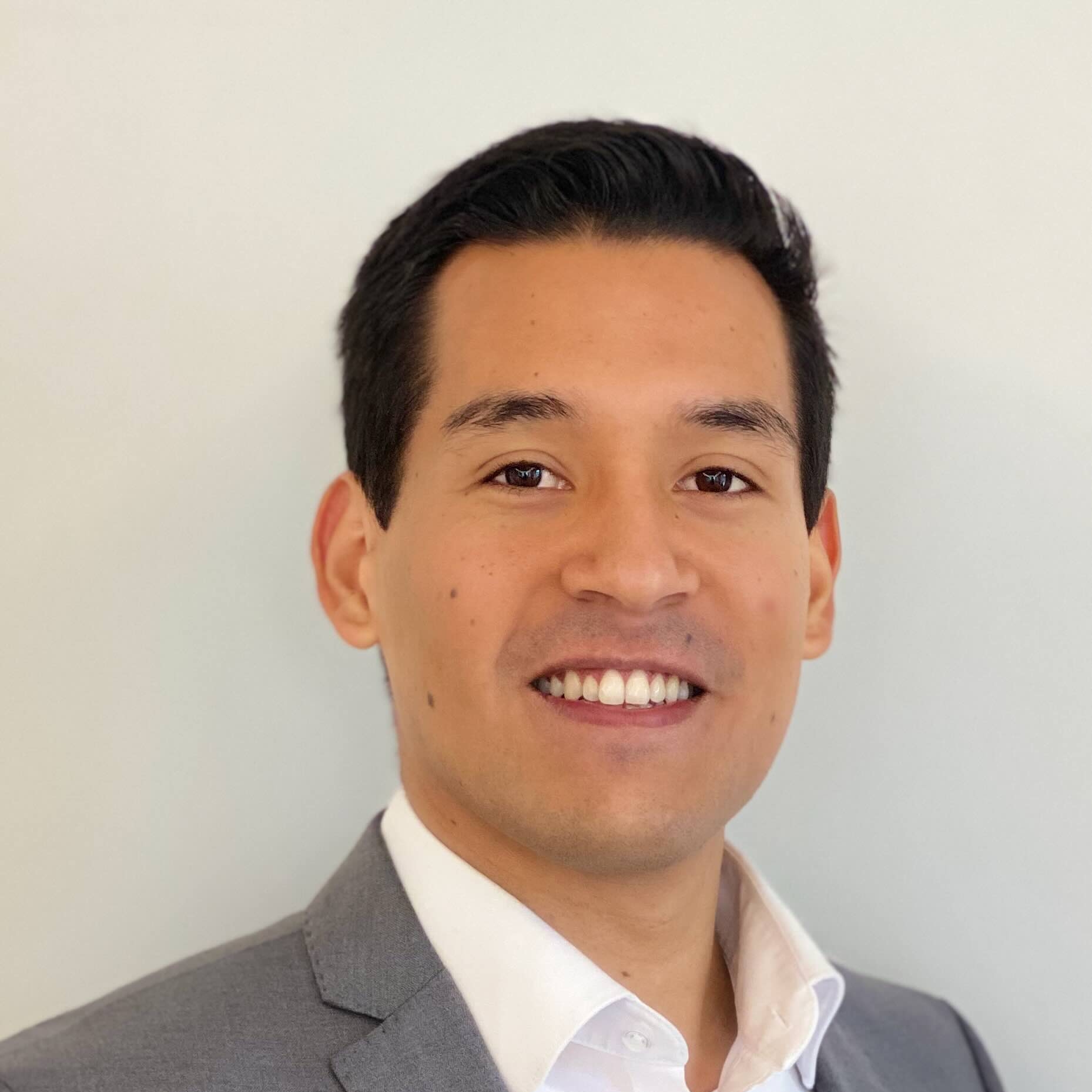
Nicolas Báron Pérez (UHH)
Supervisors: Prof. Marcus Brüggen (UHH), Dr. Frank Gaede (DESY)
Modern sky surveys detect millions of radio galaxies, far too...
Modern sky surveys detect millions of radio galaxies, far too many for manual classification. In this PhD project, a powerful self-supervised machine learning method – originally developed to automatically classify radio sources in the LOFAR Two-metre Sky Survey without relying on labelled training data or theoretical models – is now being extended to an entirely new domain: particle physics. The same technique will be adapted to analyse highly granular calorimeter data from particle accelerator experiments. By treating particle showers in calorimeters as 3D images, the algorithm learns meaningful representations from vast amounts of unlabelled simulation data and, after minimal fine-tuning, can distinguish different particle types (e.g. photons from pions) with high accuracy. This interdisciplinary transfer bridges astronomy and high-energy physics, demonstrating how self-supervised learning can overcome the lack of labelled data in both fields. The project combines expertise from radio astronomy (University of Hamburg) and calorimeter development (DESY), contributing to faster and more precise particle identification for future colliders.
[Read more]
[Show less]
Clustering of Large Distributed Acoustic Sensing Datasets
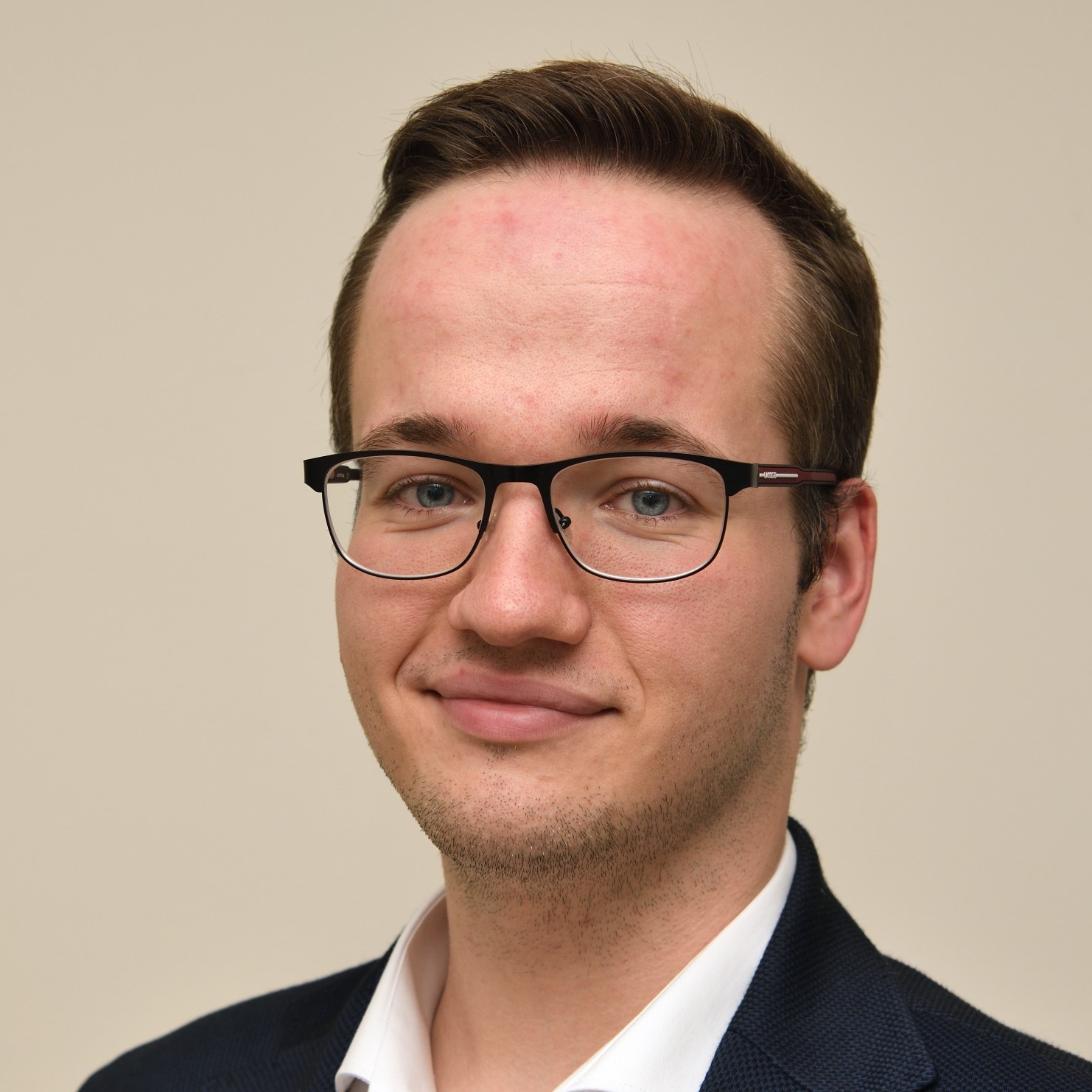
Oliver Bölt (UHH)
Supervisors: Prof. Conny Hammer (UHH), Prof. Katharina-Sophie Isleif (HSU)
Distributed Acoustic Sensing (DAS) measures strain or strain rate along...
Distributed Acoustic Sensing (DAS) measures strain or strain rate along an optical fiber with a high spatial and temporal resolution. The typical channel distance is in the order of a few meters while the sampling frequency can reach 1 kHz or higher, which makes it possible to record a wide range of seismic signals. The fibers used for DAS can be several kilometers long and measurements take place over days, weeks or months, resulting in very large datasets of up to several terabytes per day. This large amount of data, makes it challenging to get an overview of the different types of seismic signals present in the data, since a manual inspection can become immensely time-consuming. A good knowledge of occurring seismic signals is important for the removal of seismic noise in high precision measurements like gravitational wave detection or for geophysical applications like surface wave inversion where the usage of specific seismic signals is desired. The aim of this project is to automatically detect and categorize different types of seismic signals by clustering large DAS datasets. This work takes place within the WAVE initiative which investigates a seismic measurement network at and around the Science City Hamburg Bahrenfeld to support research in physics and geophysics.
[Read more]
[Show less]
IMPUTE: Data Enhancement via Advanced Learning for Imputed Missing Values
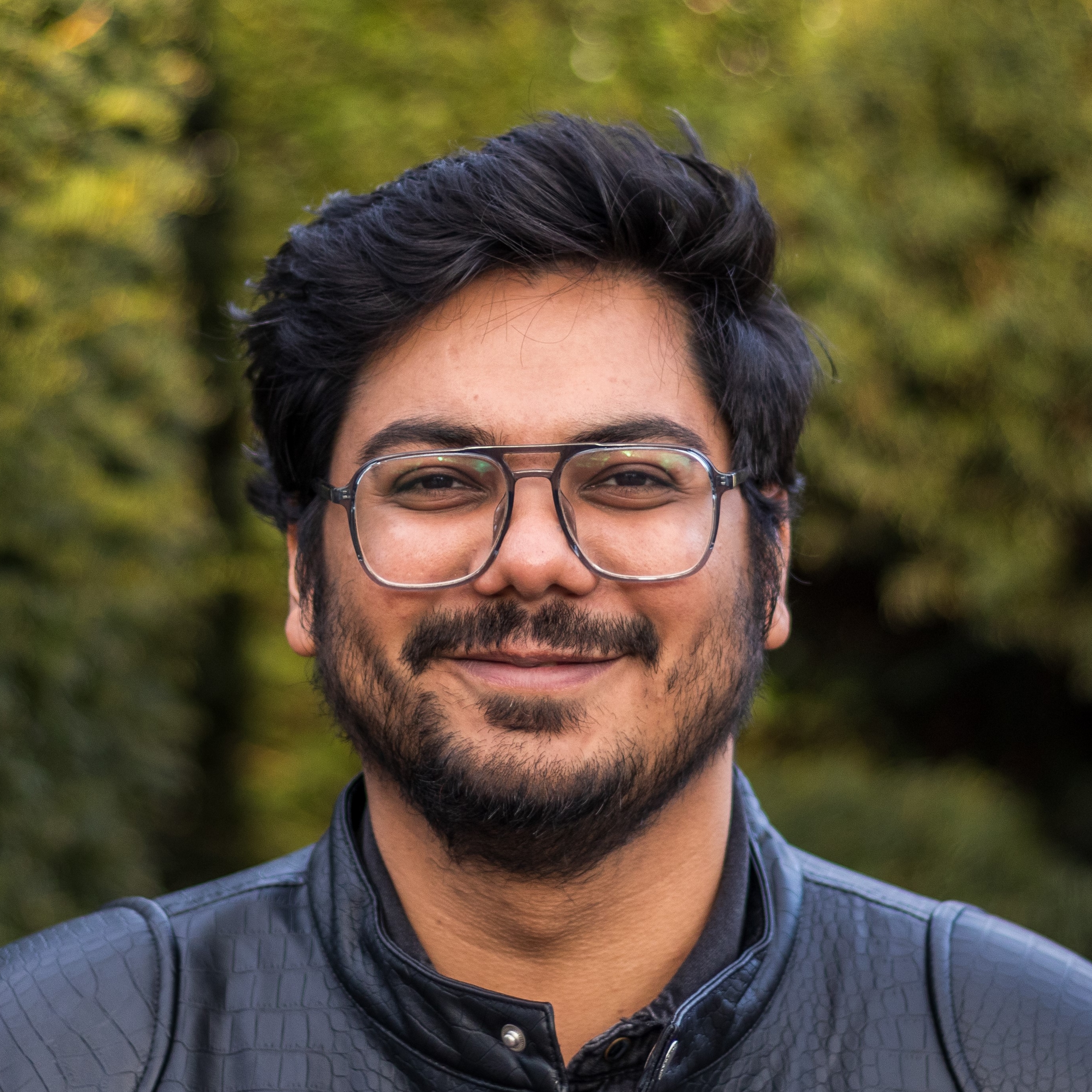
Vaibhav Guptav (HSU)
Supervisors: Prof. Maria Maleshkova (HSU), Prof. Stefan Schulte (TUHH)
IMPUTE is a sensor-data-driven, imputation-based project focused on improving the...
IMPUTE is a sensor-data-driven, imputation-based project focused on improving the quality and reliability of healthcare time-series data while enabling transferability across domains. Modern healthcare systems increasingly rely on continuous monitoring using wearable devices and IoT sensors that record signals such as heart rate, accelerometer data, and blood glucose levels. However, the acquired data often contains missing values due to device failures, power loss, connectivity issues, or preprocessing errors, which can degrade the performance of downstream clinical analytics and machine learning models. The project addresses these challenges by developing feature-specific and gap-based imputation techniques. For short-term gaps, IMPUTE investigates and validates polynomial behaviour–based techniques that can accurately preserve local temporal dynamics. For long-term gaps exceeding 2 hours, it proposes a hybrid approach that combines polynomialbased domain knowledge with advanced machine learning methods to reconstruct plausible physiological signals. Finally, the project emphasizes rigorous quality assurance, utilizing advanced prediction and shape-based evaluation metrics to compare imputed values against ground truth, ensuring that reconstructed data are clinically meaningful and suitable for robust predictive modelling.
[Read more]
[Show less]
Investigating Human Cytomegalovirus immune evasion strategies through integrated sequence, structure, and functional analysis
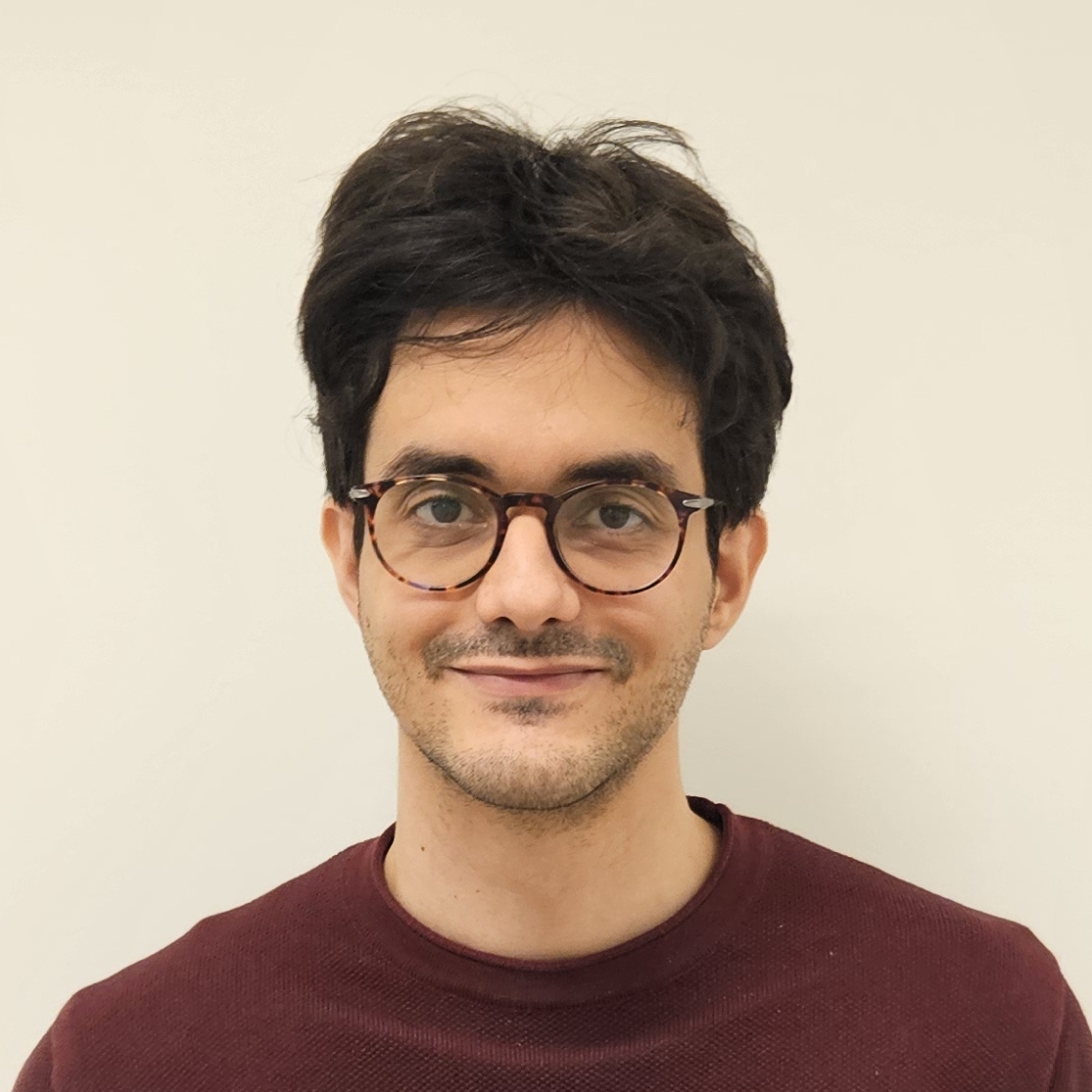
Pasquale Lamagna (LIV, UHH)
Supervisors: Prof. Maya Topf (LIV, UKE), Prof. Marcus Altfeld (LIV, UKE)
Viruses frequently exploit molecular mimicry as an immune-evasion strategy, reproducing...
Viruses frequently exploit molecular mimicry as an immune-evasion strategy, reproducing host proteins or structural motifs to avoid detection by the immune system. These shared evolutionary features often appear as conserved structural frameworks, which can be leveraged to predict previously unrecognized virus–host interactions. Among known human pathogenic viruses, Human Cytomegalovirus (HCMV) is widely recognized as one of the most effective in immune evasion. HCMV strains exceptionally encode more than 200 genes, many of which contribute to suppressing or modulating the host immune response. Recent advances in bioinformatics now make it possible to detect distant homology between host and viral proteins and to predict the structures of interacting protein pairs. Building on this idea, the project aims to use bioinformatics approaches to identify candidate protein–protein interactions between HCMV and human proteins that could influence immune signaling. High-confidence interaction models will subsequently be validated through in vitro functional assays. By examining how these viral and host proteins interact, the project aims to uncover novel mechanisms of immune evasion used by HCMV that can potentially serve as targets for therapeutics.
[Read more]
[Show less]
Improving the Variational Encoder and Autoencoder for Interpretable Latent Spaces in Astrophysical Research

Jesse van Oostrum (TUHH)
Supervisors: Prof. Nihat Ay (TUHH), Prof. Luisa Lucie-Smith (UHH)
This project aims to advance how artificial intelligence helps us...
This project aims to advance how artificial intelligence helps us understand the Universe. It focuses on improving a powerful type of machine-learning model called a Variational Autoencoder (VAE), which learns to represent complex data in a simplified, interpretable form. While VAEs have been widely used in image and language processing, applying them to astrophysics presents a key challenge: ensuring that the model’s internal representations—its "latent space"—can be meaningfully linked to real physical quantities such as those describing galaxies or cosmic structures. The research will develop an enhanced version of the beta-VAE by modifying its loss function to prevent posterior collapse, a problem that causes models to lose important information. By overcoming this limitation, the project aims to extract interpretable and explainable physical insights from astronomical data. Building on the candidate's PhD research in information geometry and generative modelling, and in collaboration with Prof. Luisa Lucie-Smith, this work will bridge machine learning and astrophysics—opening new pathways for AI-driven scientific discovery across multiple fields.
[Read more]
[Show less]







